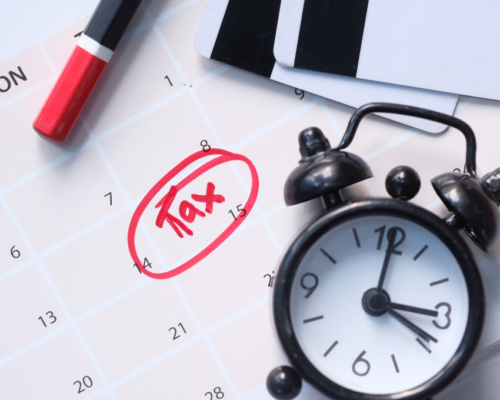Applications open Monday, June 29 for the Oklahoma Department of Commerce’s new Oklahoma Business Relief Program. If your business has suffered a 25% loss in top-line gross revenue from March through May of 2020, you could qualify for a grant of up to $25,000. Funds may be used for any business expenses incurred from March 1, 2020 through December 30, 2020.
Who qualifies?
Your business must be Oklahoma-owned, located in the state and operating on or before Jan. 1, 2020. You must be in good standing with the Oklahoma Secretary of State and prove annual or quarterly payments to the Oklahoma Tax Commission. With roughly 18% of Oklahoma’s population being a racial minority, at least 20% of the OBRP grants will be earmarked for minority-owned businesses. Sole proprietors, independent contractors and nonprofit entities may apply, but there’s a small list of ineligible businesses – including banks and lobbying firms – listed at the bottom of this page.
How to apply:
Go to okcommerce.gov/relief beginning on Monday, June 29 to download the application and find your local participating financial institution. Be sure to review the program rules and sign on the last page to acknowledge you understand them. Bring your completed application, signed rules, certification letter and supporting documentation to your financial institution, and they will submit the grant request on your behalf. The deadline for applications is July 10, 2020.
When do I get my money?
The Oklahoma Department of Commerce will deposit funds weekly to participating financial institutions, and they will disperse them to approved customers accordingly. Funds will be distributed beginning July 17, 2020.
How to document a loss:
Your financial institution will need to see a profit and loss statement or tax return from 2019 to show top-line gross revenue as well as a P&L for March through May of 2020. You’ll need to calculate a monthly average revenue for both time periods (pre- and post-COVID) to illustrate a 25% decrease in revenue year over year. (Sound complicated? We can help with that.)
They will also need to submit payroll information on your behalf – much like the PPP loans required. You can use 2019 payroll expenses to calculate a monthly average or use averages for January and February 2020. Be sure to include total payroll costs including healthcare, retirement benefits, etc. Just like PPP loans, however, costs per employee are capped at $100,000. Sole proprietors should use Schedule C, Line 31 of their tax return, but if your business is so new that you’ve not yet filed a return, a 1099 or other form of income documentation may be used.
The fine print:
Grants are funded by CARES Act money that has been distributed to Oklahoma. Governor Kevin Stitt has allocated $100 million of the money for this program, which means resources are more limited than they were for PPP loans. Thus, the maximum grant amount is $25,000 per business.
Female-owned businesses do not qualify as ‘minority owned’ for the purposes of this program. You may not use the OBRP grant for the same purpose as another CARES grant, such as one available through your city or county. If you qualify for both, just be sure to spend them on different expenses (inventory versus payroll, for example). You may still qualify for an OBRP grant even if you’ve received PPP or SBA EIDL funds.
Financial institutions are not required to analyze or certify the information you provide. Therefore, accuracy of information is the responsibility of the applying business (another reason you might prefer some help). Financial institutions may, however, charge a fee of no more than $500 per application.
At Wymer Brownlee, we work hard to understand rules, regulations and support available to help our business-owner clients. Please let us know if we can assist you in securing the relief your business needs.
Blog by Erica Shaloy, Tax Director.
Category: Tax and Accounting Team




